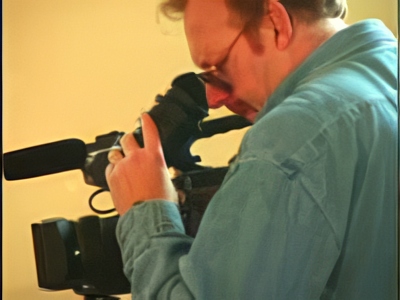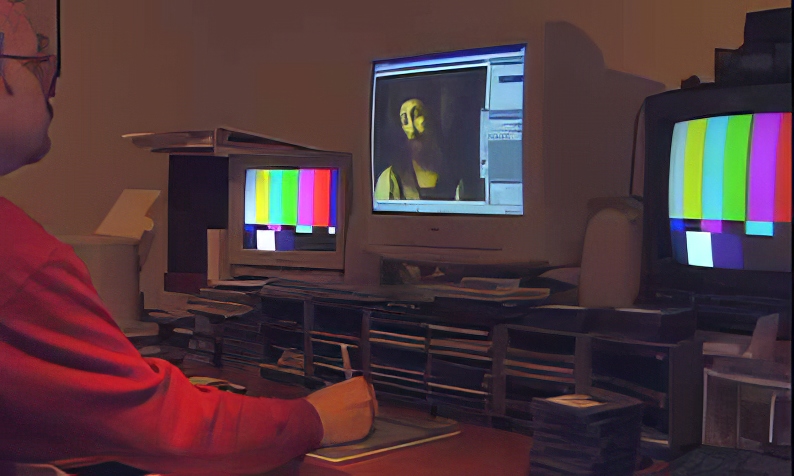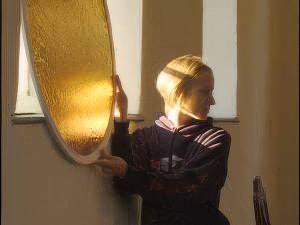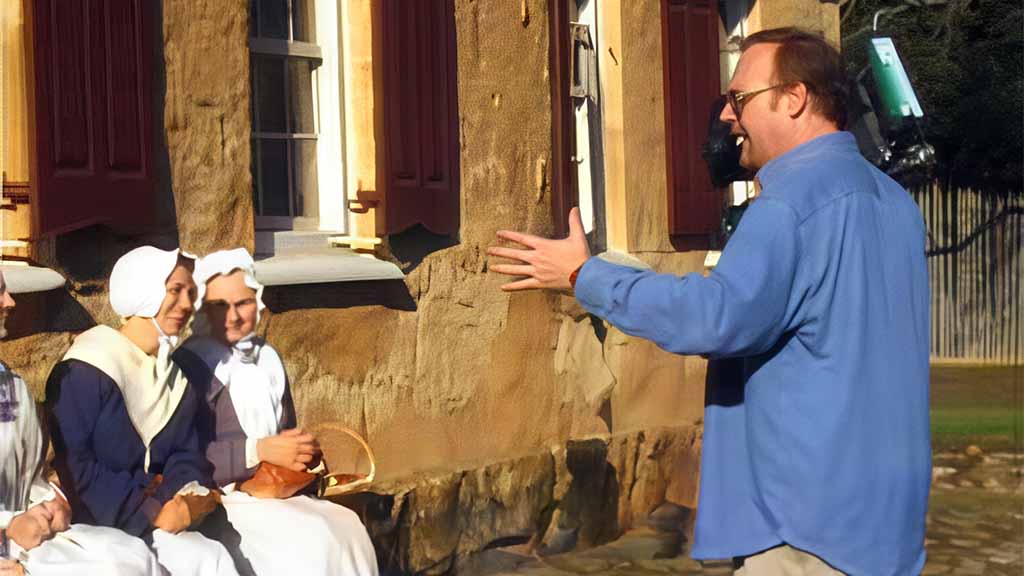Few people are aware of the vast amount of work that goes on behind the scenes to create a broadcast quality documentary program, particularly one of this scope.
LOCATION TAPING

For the full series, we have collected 54 hours of videotape footage. Each one-hour camera tape represents about 18 hours of work, including:
- Advance arrangements & administration
- Travel
- Crew setup and teardown
- Shooting
- Review
- Transcription
- Batch list and capture
The raw tapes represent nearly a thousand person-hours of work — or about 6 months of full-time work for one person.
Location taping took place in Germany, Labrador, St Thomas, Pennsylvania, and North Carolina.
Reenactments are of course more complex than simple interviews, requiring the cooperation of a number of reenactors, costumes, and crew in an appropriate setting.
PAINTINGS, ART, ORIGINAL DOCUMENTS
Over 150 paintings, etchings, and original documents are featured in the programs. Many of these are held by the Moravian archives in Herrnhut, Bethlehem, or Winston-Salem, which were tremendously helpful. Thanks go to archivists Paul Peucker, Vernon Nelson, Al Frank, and Dan Crews! But many items had to be sourced from less interested parties, and license fees negotiated for world broadcast rights. Some institutions (which shall remain nameless!) proved much more difficult to work with than others.

Each painting, etching, or original document had to be digitized at high resolution, usually from photographs or transparencies. In a great many cases, some digital retouching or restoration was required to conceal flaws in the film or scanning which would be visible when the “camera” zoomed in close on a detail. There were a number of paintings which required extensive digital restoration to be usable on television.

Each painting, etching, or original document was then imported into a computer program for motion graphic treatment. Once done on large computer-controlled rostrum cameras, the smooth pans and zooms on details in each item are now done entirely in the digital domain. Today, with vastly more powerful computers and progressive HD, these “moves” are easily and automatically done with a plug-in. In 2000, each move had to be separately programmed and a special process used to reduce “flicker” in interlaced SD video.
Each painting, etching, or original document required over ninety minutes to retouch and process for motion graphics, representing nearly six weeks of work for one person.

